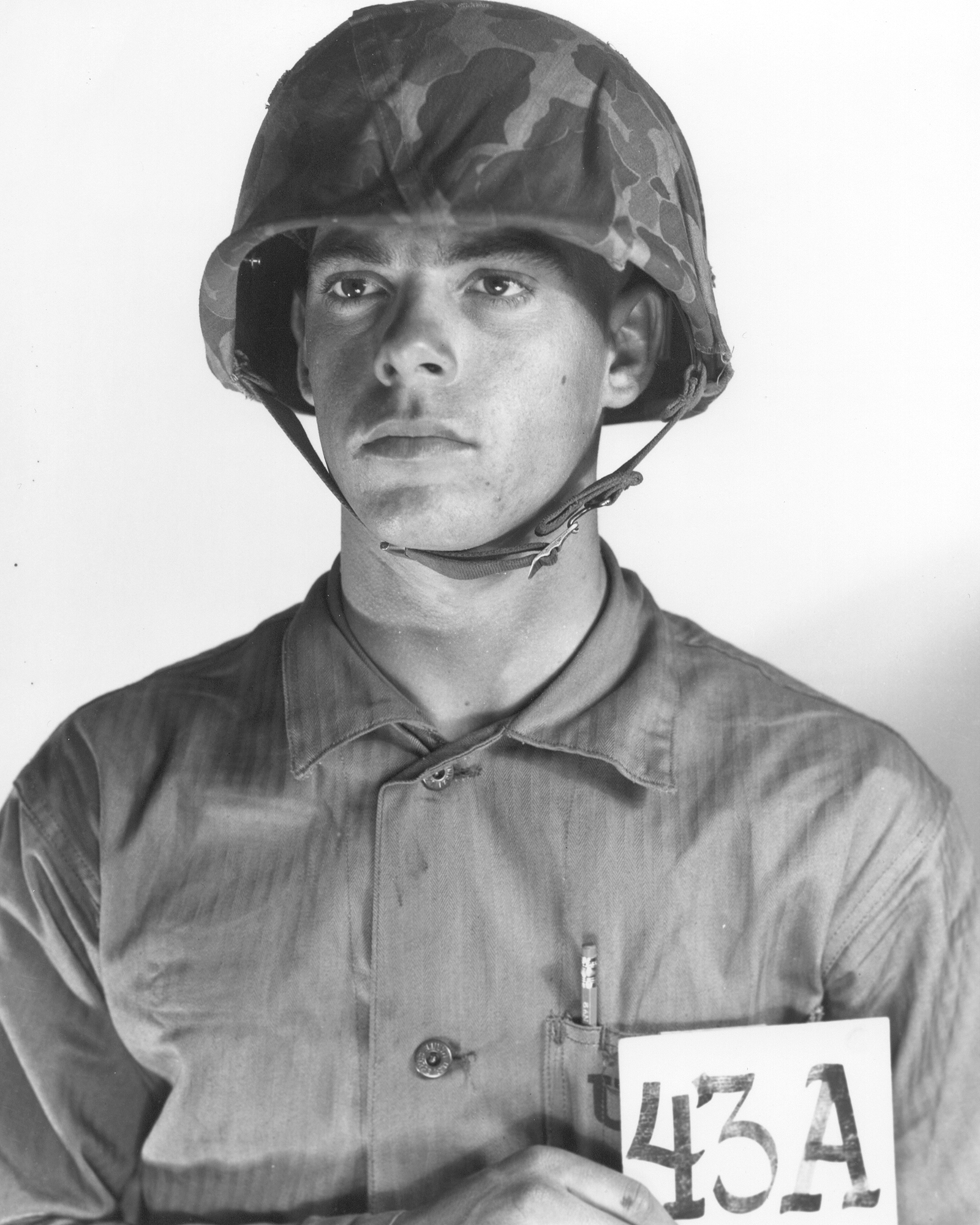In a shocking turn of events early this morning, the Francis Scott Key Bridge, a vital artery connecting Baltimore, Maryland, experienced a catastrophic collapse. The incident was triggered by a container ship losing power and crashing into the bridge, rendering it unusable and compromising a significant section of Interstate 695, a crucial loop in the city's transportation network.
The bridge collapse has sent shockwaves through Baltimore, not only due to the severity of the incident but also because of the potential impact on commerce in the area. Baltimore's port is one of the busiest on the East Coast, handling a vast amount of cargo traffic daily. With the bridge out of commission, the flow of goods and supplies into and out of the city could face significant disruptions.
The container ship's loss of power had devastating consequences, as it takes considerable time for such massive vessels to regain steering and maneuverability after an outage. Unfortunately, in this instance, there was simply not enough time to change course and avoid the collision with the bridge. The collision's force was enough to cause a portion of the bridge to crumble, leading to vehicles, their drivers, and workers on the bridge plummeting into the water below.
This incident stands as one of the most significant infrastructure disasters in Baltimore's history. The impact is not limited to the bridge alone; the closure of 695, a critical transportation loop, has further compounded the city's transportation woes. Commuters, businesses, and emergency services are now faced with navigating alternative routes, adding time and complexity to their journeys.
In the wake of this tragedy, the Coast Guard and other rescue units are working tirelessly in search and rescue missions. The priority remains finding and aiding individuals who were on the bridge at the time of the collapse. The search efforts extend to locating submerged vehicles, their occupants, and any workers who may have been caught in the disaster.
For those who frequently cross bridges, this incident serves as a stark reminder of the potential dangers.
In the event of a bridge collapse, there are a few critical steps individuals can take to improve their chances of survival.
First and foremost, it's essential to always wear a seatbelt while driving. In the seconds before impact, breaking the windows of your vehicle can help reduce the force of water pressure and increase your chances of escape. Keeping a window breaker and seatbelt cutter within reach can be life-saving tools in such emergencies. Attach these tools to your person so they are readily accessible in an emergency. When hitting the water, airbags may deploy, and being able to quickly free yourself from your seatbelt can make all the difference. Be advised that conciseness may be impaired, so going through those critical steps prior could be the result in life or death.
While incidents like the Francis Scott Key Bridge collapse are rare, they serve as sobering reminders of the fragility of our infrastructure and the importance of being prepared for the unexpected. As Baltimore continues to grapple with the aftermath of this disaster, the city is reminded of the resilience of its community and the importance of safety measures for all who traverse its bridges; or any bridge for that matter.
Featured image via @calvinfroedge



%201.svg)









